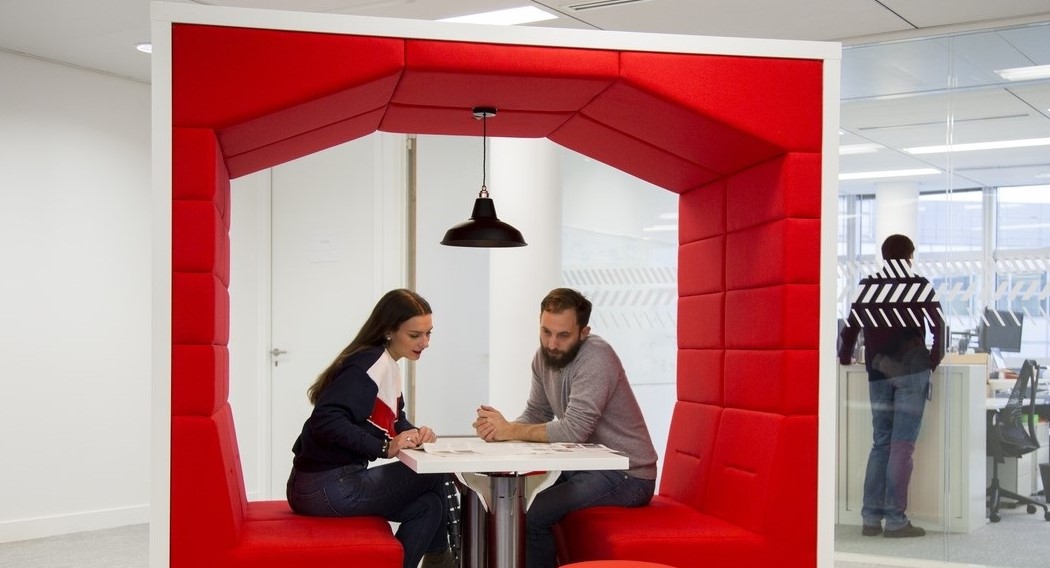
What Do the 2020 Best Places to Work Have in Common?
Attracting and retaining top talent is now a key competitive advantage to companies in the 21st Century economy. Continue reading below...
Attracting and retaining top talent is now a key competitive advantage to companies in the 21st Century economy.
Candidates took the driver’s seat in 2019 and are investing more time and energy researching company culture before accepting job offers, according to the job-seeker site Glassdoor and its ‘Glassdoor Employees’ Choice Awards for the Best Places to Work in 2020 which featured 10 distinct categories in nine countries.
And fuelled by a robust hiring market with the number of unfilled jobs near an all-time high, with more than 7 million vacant roles in the U.S. and over than 800,000 vacancies in the UK alone, this has created a dynamic environment in which employers must show a strong workplace culture and powerful strategic hiring to attract and retain top talent.
The Glassdoor list of the top ten best places to work in 2020 were:
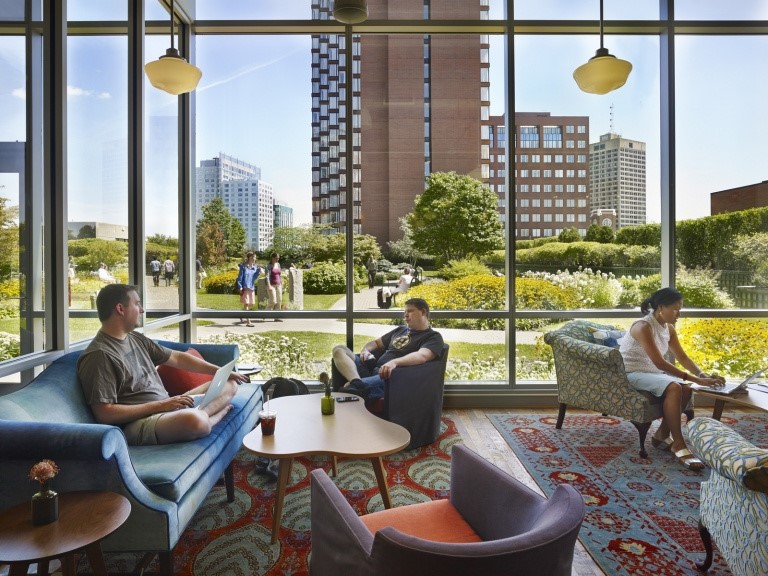
Google is only one of three companies in the top 100 of the Employees' Choice Awards with Spacestor’s workspace projects in the USA and in Europe
Since 1993, Spacestor has been supporting businesses from different industries to win the desired ‘Top Employer’ Award by Glassdoor, and in our experience, here are the major principles that we can learn from these trailblazing companies that can be applied to any organisation:
1. Flexibility – The new workplace needs to be more connected, creative and agile as the average age of employees in some tech-focused companies is 32, and 67% of millennials look for informality and the freedom to work in their own way (Deloitte, 2018). The best employers accommodate a variety of work styles with flexible workspace design, working hours and schedules.
2. Culture-first – Living by the mission of the businesses and their brand values are how top employers create a workplace that employees love to go to every day. Cultural values such as agility, collaboration, customer-focus and diversity are some of the keys to corporate success.
3. Innovation – With 85% of job candidates saying that it's important that their next employer be an early adopter of technology (Capital One, 2018), it’s imperative to create workspaces that are future-focused, designed as a stimulating and dynamic environment that inspire employees to create their best work, delivering breakthrough products and solutions for their customers.
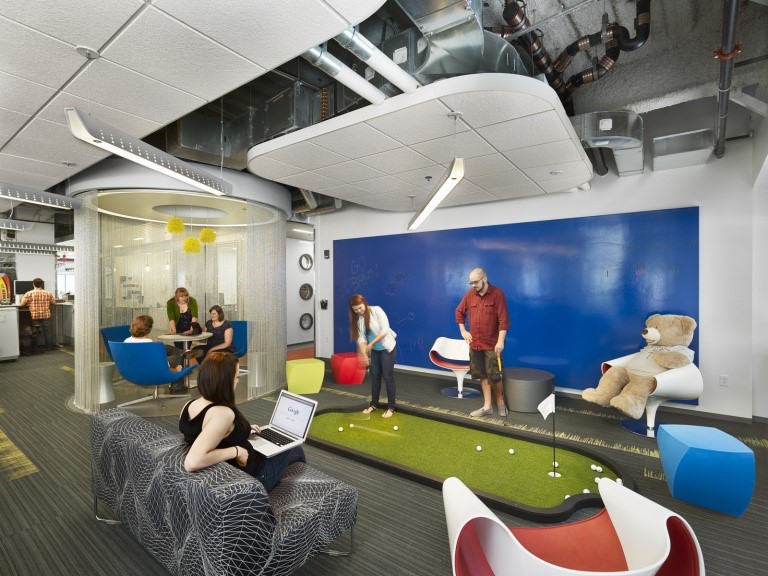
Unique office design driving innovation – Google, Boston, Cambridge. © Halkin Mason Photography
4. Office Design – The world’s best companies to work for understand that workplace design can be even more important than the office location, forming a basis for success. 90% of office professionals agree that they perform their jobs better in workspaces that are well-designed (Capital One, 2019) with elements such as natural light, water features, adaptable spaces like alternative desks, organic materials, indoor plants and bold colours.
5. Diversity – The workplaces that prioritise cultural, racial, religious, age, gender, sexual orientation, disability and cognitive diversity and inclusion are likely to be 22% more profitable and 67% more likely to experience superior value creation than their least diverse peers (McKinsey, 2017). By taking diversity into account, these employers champion respect, productivity and individuality, while fostering teamwork.
6. Well-being – Top employers foster and encourage mental and physical well-being in the workplace with regular breaks, outdoor spaces for relaxation and socialising, as well as quiet spaces. They also maintain workspaces with the individual needs of employees to help perform better.
7. Collaboration – Best-in-class workplaces design environments as a stage. Their offices have a sense of flow, productivity, innovation, and collaboration and the physical space itself is designed to enable cohesive teamwork. They use open access floors to create communities and build relationships with informal presentation spaces, team zones, collaborative spaces and tools to allow teams to collaborate within a semi-structured environment to make an impact that matters for their customers. Employees are connected beyond the physical space through reliable technology.
How does your organisation attract and retain talent?
Sources:
Chamberlain, PhD, A. (2020). Glassdoor's Job & Hiring Trends for 2020. [online] www.glassdoor.com. Available here [Accessed 11 Feb. 2020].
Wood, J. (2020). The best companies to work for in 2020, according to Glassdoor. [online] www.weforum.org. Available here. [Accessed 11 Feb. 2020].
Carrier, M. (2019). The Need for Adaptability in Workplace Design. [online] www.capitalone.com. Available here. [Accessed 11 Feb. 2020].
One, C. (2020). Capital One Survey Finds Flexibility is a Key Factor for Job Satisfaction, with 85% of Office Professionals Saying it's Important. [online] www.prnewswire.com. Available here. [Accessed 11 Feb. 2018].
Carrier, M. (2019). The Need for Adaptability in Workplace Design. [online] www.capitalone.com. Available here. [Accessed 11 Feb. 2020].
www2.deloitte.com/. (2018). Deloitte - Creating Spaces Transforming our workplace. [online] Available here. [Accessed 11 Feb. 2020].
Jackson, A. (2019). #1 Winner, HubSpot: ‘No Better Place to Grow Personally & Professionally’. [online] https://www.glassdoor.com/blog. Available here. [Accessed 11 Feb. 2020].
Sull, D., Sull, C. and Chamberlain, A. (2020). Measuring Culture in Leading Companies. [online] www.glassdoor.com. Available here. [Accessed 11 Feb. 2020].
www.mckinsey.com. (2020). How inclusive leadership leads to inclusive growth. [online] Available here. [Accessed 17 Feb. 2020].
resources.workable.com. (2020). What are the types of diversity?. [online] Available here. [Accessed 17 Feb. 2020].
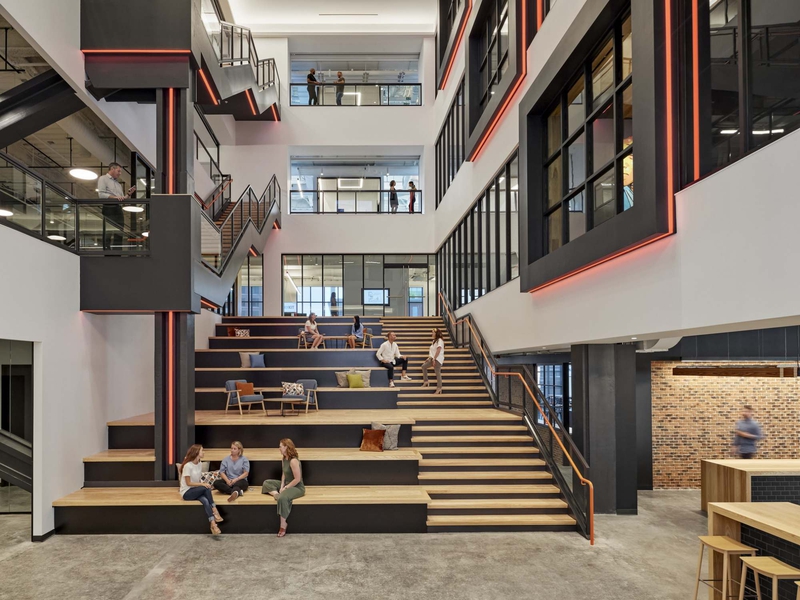





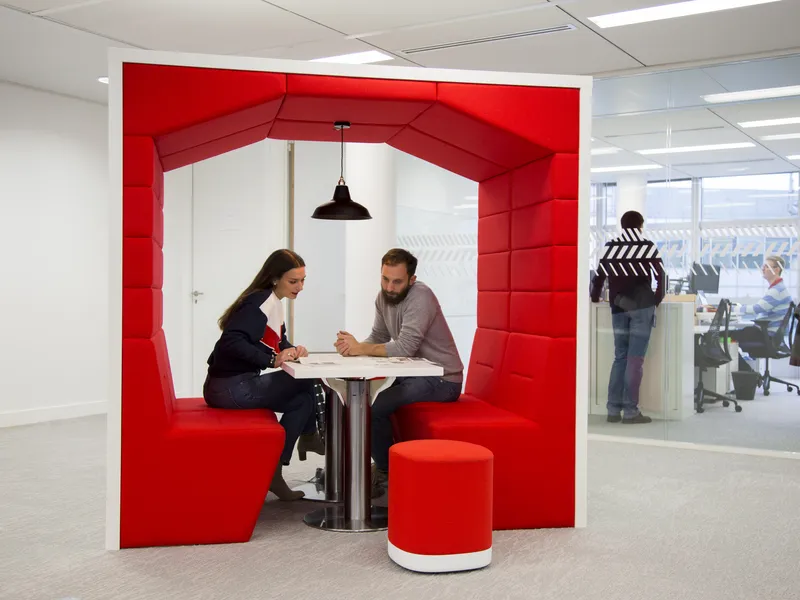
Creating a light-filled, flexible and interactive environment for electronic signature technology provider, DocuSign's …
TECHNOLOGY & IT
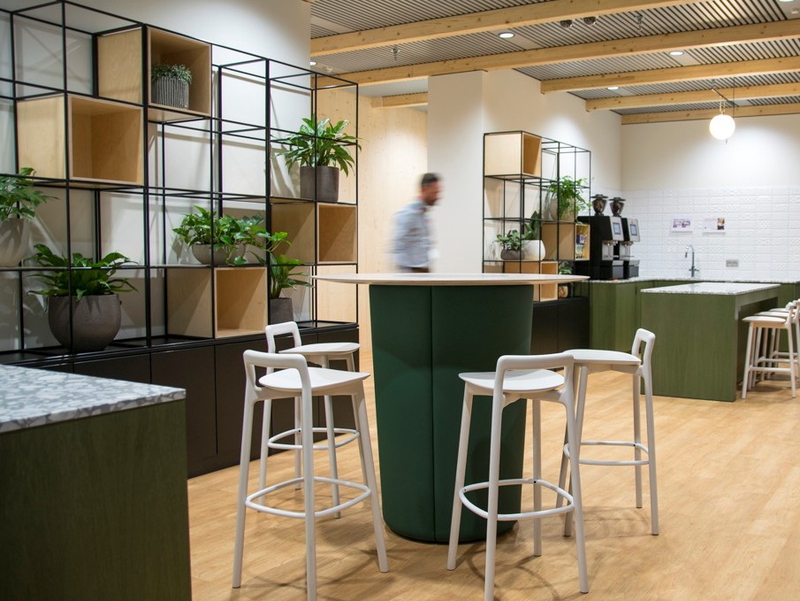
Global audit and consultancy firm Accenture have recently moved into their striking new offices in the Gare Maritime si…
TECHNOLOGY & IT
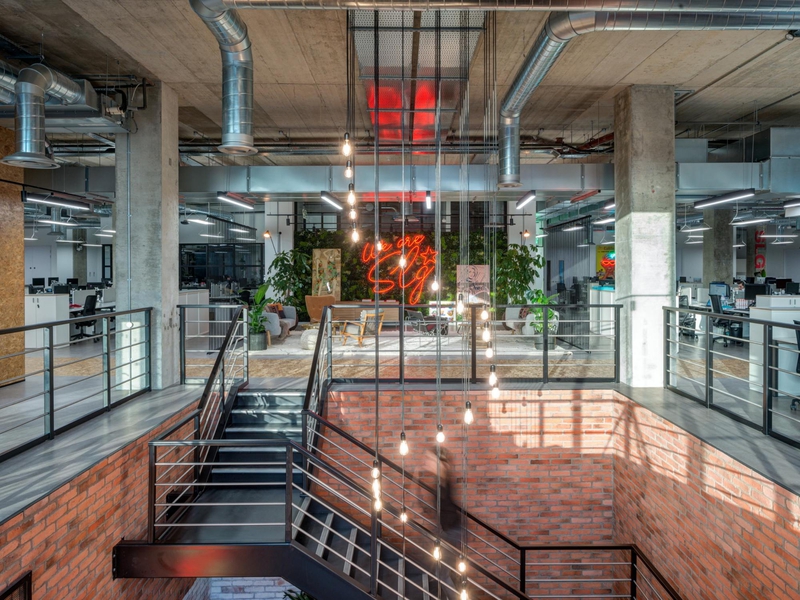
Platfform have recently completed the design of SLG's creative new offices in Cheltenham. A remarkable space full of ea…
SPORTS, MEDIA & ENTERTAINMENT
